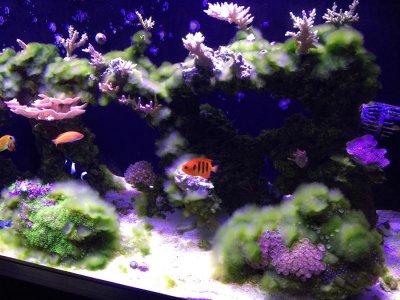Tuffloud1
New member
Just so you know, bristletooth tangs are detrivores. They feed on detritus and other opportunistic items, this may include algae but it isn't exclusive. For tangs, a better suited herbivore would be from the zebrasoma family.
Thanks.
It is amazing how many assumptions and misinformation is out there floating around.
I got the Bristletooth based on numerous articles as well as reviews stating how the Bristletooth will "devour" turf algae.
I'm thinking I will try a yellow tang. Would you recommend starting with a small, medium or large or does it really matter?


